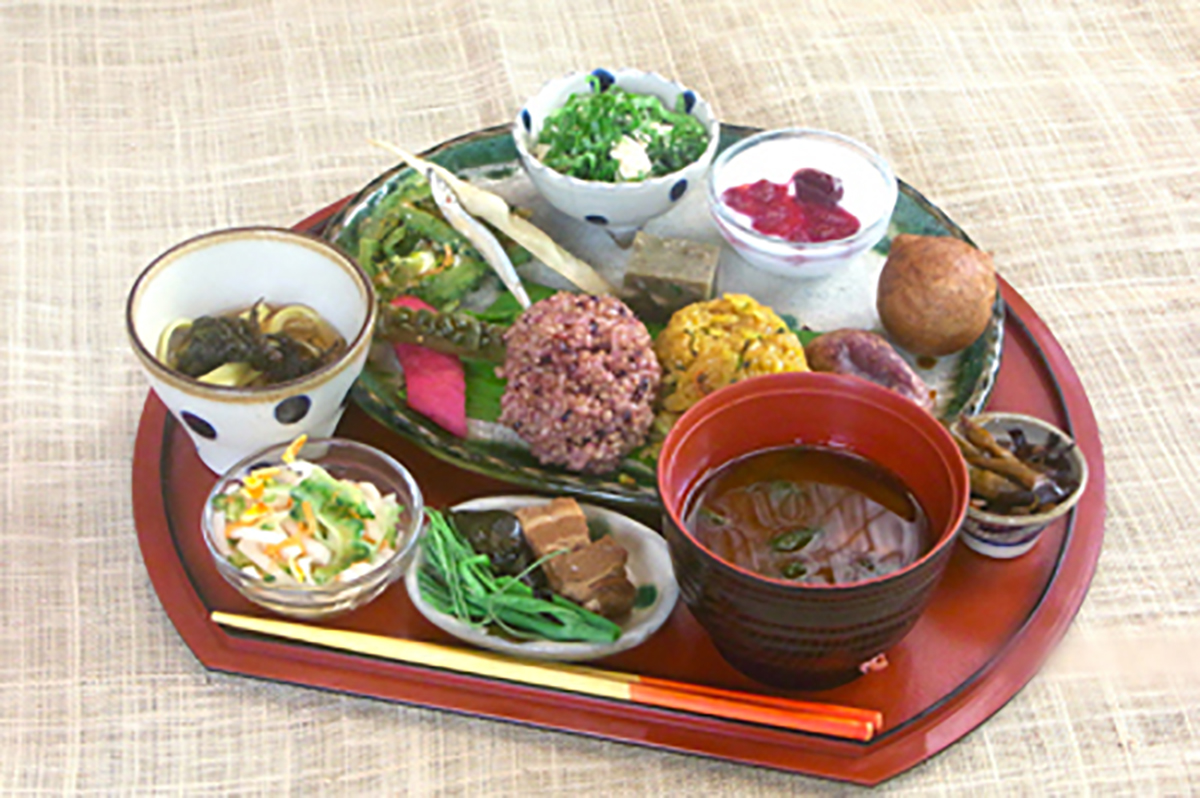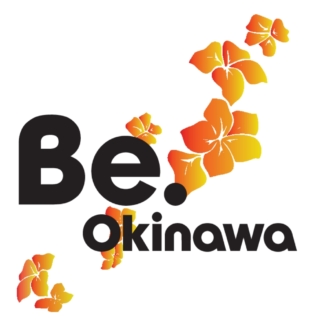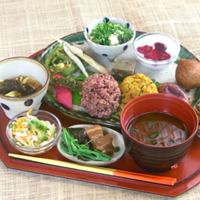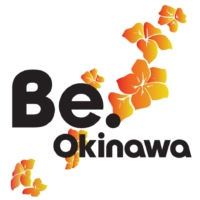For more than 20 years, Okinawa has nurtured a growing trend toward achieving sustainability on all levels of society. In a rapidly changing world that is still negotiating a pandemic, many Okinawans have been working to create initiatives that both engage tourists and enrich the local community and environment.
From actively protecting natural habitats, to eating as the local residents do, to engaging with their traditional ways of life, here are just a few ways you can contribute to the increasing sustainability of these islands while experiencing the best of Okinawa along the way.
Revive the coral reef in Onna
A large portion of the world’s coral reefs can be found in the Pacific Ocean surrounding the Ryukyuan archipelago, where they support rich ecosystems for native marine life, create natural seawalls and absorb significant amounts of carbon dioxide. In Onna, “the village of coral” on the west coast of the main island, a 30-kilomenter reef has for centuries supported the local seafood industry and livelihoods.
In 1998, due to a sudden rise in sea temperatures, almost 90% of the coral around Okinawa’s main island succumbed to bleaching. Shocked by this tragic loss, local fishermen resolved to save the reef by becoming coral farmers. By 2003, they succeeded in transplanting farm-raised coral into the sea. So far, they have transplanted more than 100,000 coral seedlings.
At Sango Batake in Yomitan, you can make an individual coral seedling that will be nurtured at the farm until it’s large enough to survive in the ocean. The mature coral is then transplanted into the sea, where it eventually spawns and repopulates the critically endangered reef. As responsible travelers, we can also protect the reefs by not touching living coral in the sea, by using coral-friendly skin products, and by learning more about how best to protect the reefs.

A taste of longevity in Ogimi
Okinawa is famous as one of the world’s five “Blue Zones” of longevity, where more than 1,000 centenarians are still living relatively healthy, happy lives. These ageless islanders are surrounded by peaceful and abundant nature, they participate in a lively and supportive community, and most importantly, they eat a healthy diet.
Former nutritionist and chef Emiko Kinjo was fascinated in particular by the prolific vegetable gardens of the village grandmothers, as well as the naturally medicinal properties of local ingredients. She opened her own farm-to-table restaurant Emi no Mise in Ogimi to share the culture of Okinawan “longevity cooking” with visitors. By eating locally grown food, you can experience a fundamental part of Okinawa’s traditionally healthy lifestyle, while contributing to preserving the local food culture.

Tradition lives on in Taketomi
In 1986, the few hundred residents of Taketomi in the Yaeyama Islands stood up to save their island from uncontrolled development by drafting the Taketomi Island Charter. This comprehensive charter encompasses issues ranging from land ownership to landscape preservation, and even usage of locally grown and produced materials to make souvenirs.
Now, you too can walk along clean narrow streets paved with white coral sand, among limestone walls that surround traditional wooden houses with red-tiled roofs. Please be aware, however, that Taketomi Island is still understandably cautious about welcoming tourists during the pandemic, so be sure to check the local situation before you make plans to visit.
As young and youthful Okinawans work and play to preserve their culture and traditions, there are many ways you can join the trend toward sustainability. Learn about the fragile ecosystem of the island, enjoy the seasonal food harvest or explore the various unique aspects of Ryukyu culture. While you’re visiting the outer islands of Okinawa, why not pick up the native three-stringed sanshin instrument and learn how to play “Asadoya Yunta,” a folk song from Taketomi Island.

Sponsored by the Okinawa Prefectural Government and the Okinawa Convention & Visitors Bureau
Learn more
We are running two campaigns to win round-trip plane tickets from Tokyo to Okinawa! Two pairs of tickets as well as other great prizes will be awarded in each campaign. Feel free to participate in both if you can.
Campaign #1: If you are a foreign resident of Japan who has been to Okinawa in the past, post your memories on SNS to enter the campaign.
Learn more
Campaign #2: Foreign residents of Japan can also fill out our questionnaire on Okinawa to enter the campaign.
Learn more
The agencies below are some of the experts on trips to Okinawa.
The Art of Travel [email protected]
Beauty of Japan [email protected]
Inside Japan [email protected]
True Japan Tour [email protected]
*Visitors are advised to check with local governments about any travel restrictions that may be in place.








